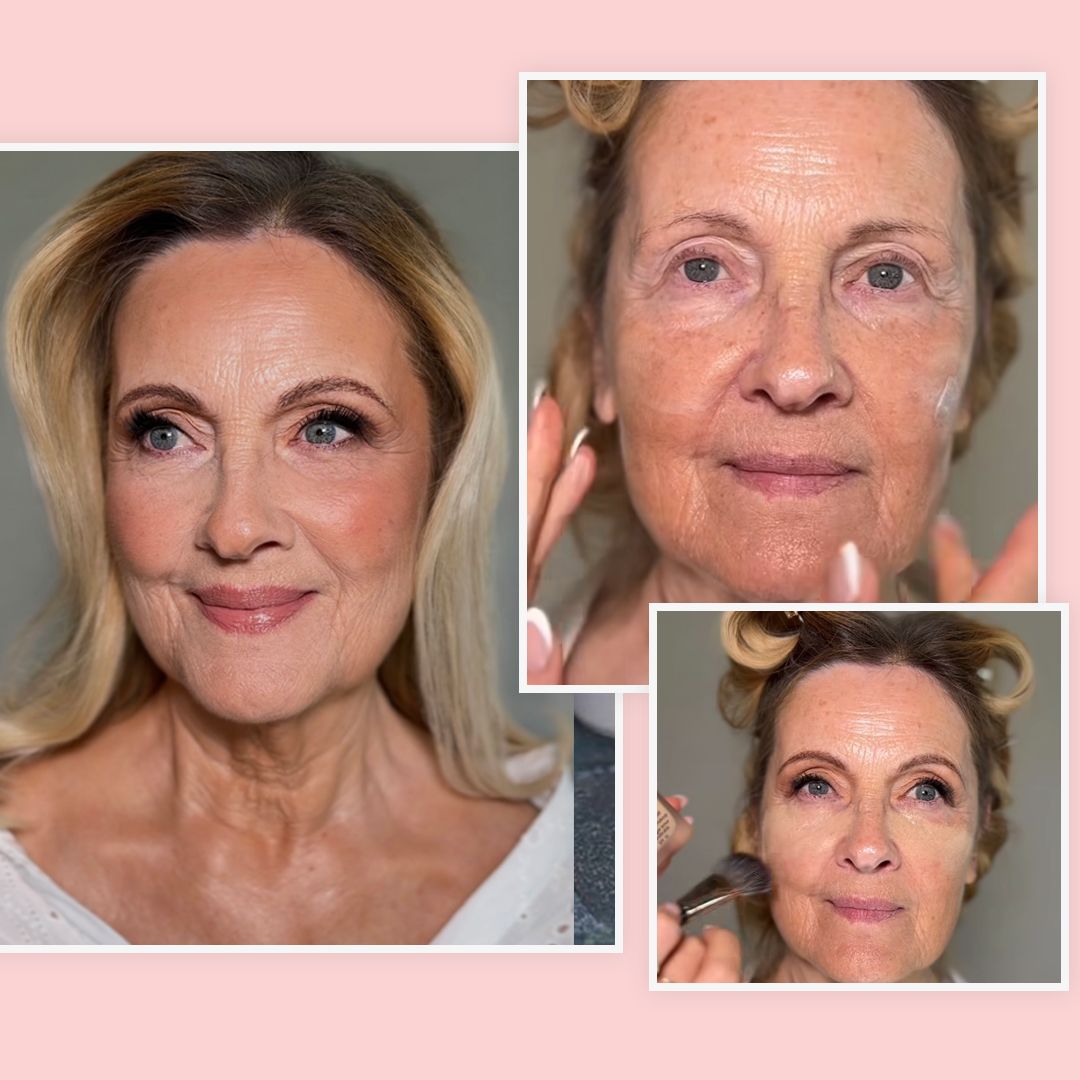Did you think that stretch marks – known by dermatologists as striae – only happened to pregnant women, or when the skin undergoes rapid stretching? Most people tend to believe that these streaks on the skin that start off as reddish purple and fade to silvery white are caused by sudden growth or weight gain, but that isn't the whole story.
If you imagine the skin as a balloon, it's easy to understand why the weight gain associated with pregnancy and sudden growth bursts, such as those that occur in adolescence, are two major causes of stretch marks. Clearly, the skin undergoes stress and tension at these times, and if it isn't elastic enough to cope, it will tear, leading to scarring. But there are women – and men, too – who suffer from stretch marks although they have never put on weight, and it's been shown that some people have a hormonal predisposition to striae. S
ince the marks are associated with hormonal changes, they are likely to occur in puberty or pregnancy – just when growth spurts and weight gains are liable – but they may also occur if a person is undergoing hormone treatment. Although it may be hard to avoid getting the marks in the first place, well-hydrated skin is more supple and so it's less likely to be affected.
It's a good idea, then, to use moisturising creams and emollients to build up skin elasticity. (It's the areas where fat is stored that are most vulnerable, which includes the abdomen, breasts, thighs and buttocks). If you do find that stretch marks have appeared, try and avoid exposing the area to the sun for at least six months as this is liable to make the scarring worse.
It's important to remember that stretch marks don't themselves pose a health risk. They are unsightly, though, so if you have a problem with them, you should consult a dermatologist who will advise what steps you can take.









